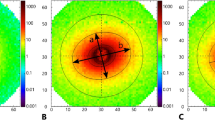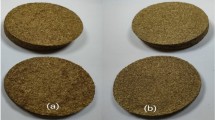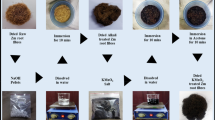Abstract
THIRTY-TWO fragments of Roman samian ware have been analysed for their sodium and manganese content, using neutron activation and γ-ray spectrometry. They were chosen from at least 10 of about 30 factories at which this fine-grained pinkish-red Roman table-ware was manufactured. The body of the sherds from all factories is very similar in appearance and a chemical method was sought to differentiate between factories. Similar analyses on other types of pottery have been done by Sayre et al. 1,2 at Brookhaven National Laboratory, who found quantitative chemical differences in material from different places. Our results, summarized in Table 1, for 10 or more of the factories, show that this also holds in general for samian ware.
This is a preview of subscription content, access via your institution
Access options
Subscribe to this journal
Receive 51 print issues and online access
$199.00 per year
only $3.90 per issue
Buy this article
- Purchase on SpringerLink
- Instant access to full article PDF
Prices may be subject to local taxes which are calculated during checkout
Similar content being viewed by others
References
Sayre, E. V., and Dodson, R. W., Amer. J. Archaeol., 61, 35 (1957).
Sayre, E. V., Murrenhoff, A., and Weick, C. F., Brookhaven National Laboratory, Chemistry-General, 122, 508 (1958).
Author information
Authors and Affiliations
Rights and permissions
About this article
Cite this article
EMELEUS, V., SIMPSON, G. Neutron Activation Analysis of Ancient Roman Potsherds. Nature 185, 196 (1960). https://doi.org/10.1038/185196a0
Issue date:
DOI: https://doi.org/10.1038/185196a0
This article is cited by
-
Neutron Activation Analysis of Medieval Ceramics
Nature (1968)
-
Neutron Activation Analysis and Archaeology
Nature (1966)
-
Aktivierungsanalytische Gemäldeuntersuchungen
Fresenius' Zeitschrift für analytische Chemie (1966)
-
The R. W. Paul Instrument Fund: A Report on its Activities
Nature (1960)



